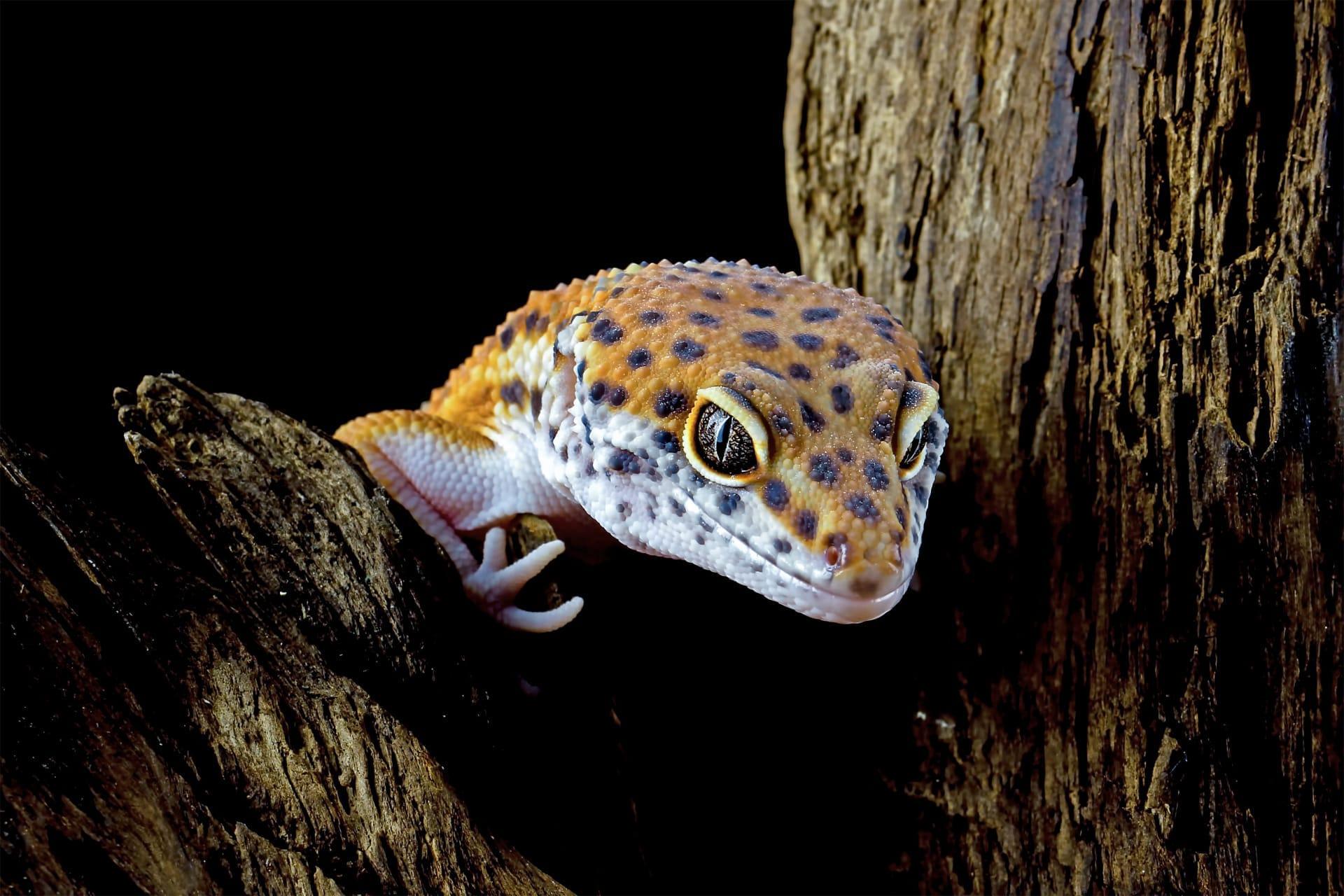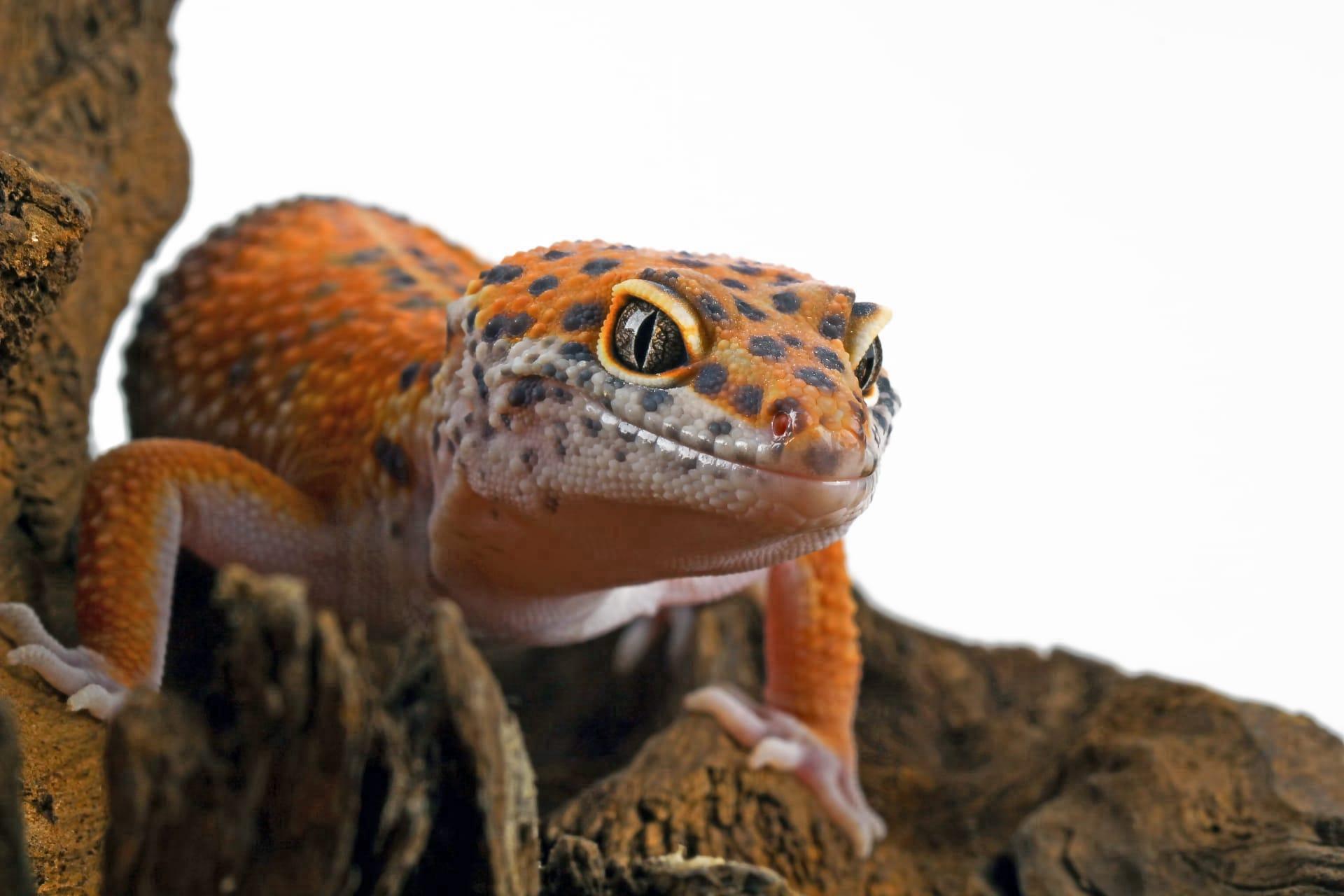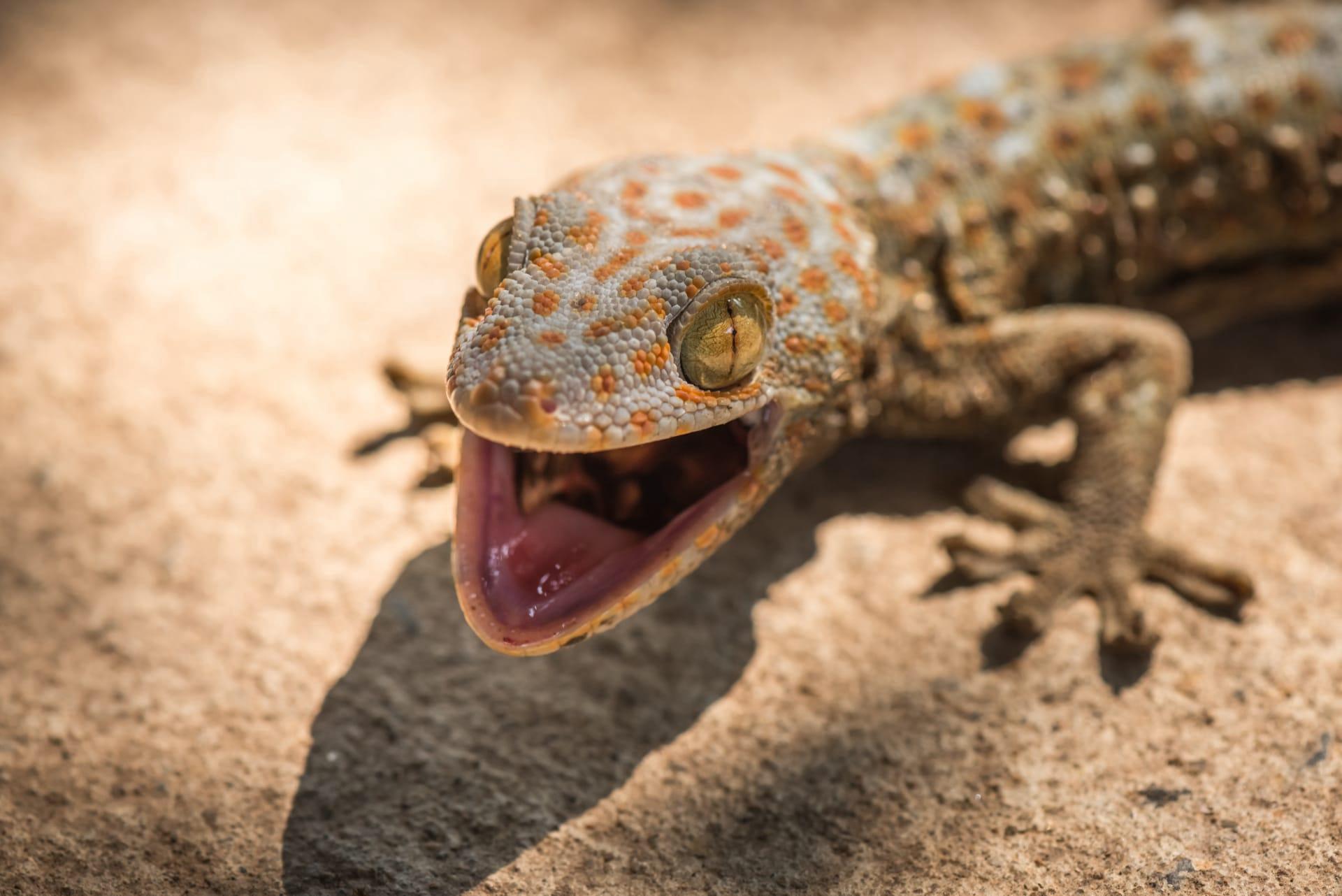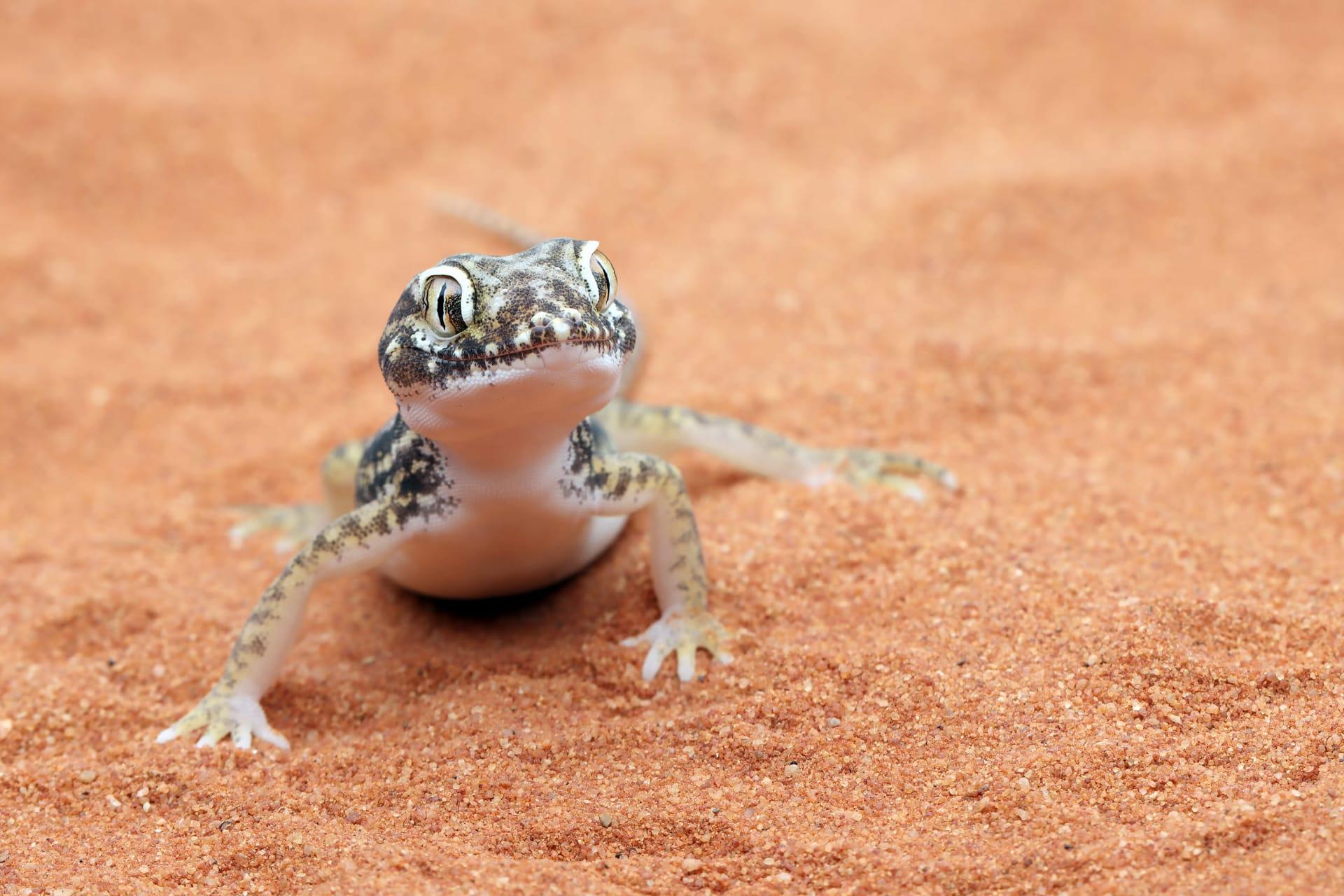Gecko Characteristics
- Home /
- Mini Encyclopedia /
- Animal /
- Gecko Characteristics
1
Geckos, intriguing reptiles, boast a variety of physical traits that are as fascinating as they are functional. One of the most notable features is their size, which varies across species. Generally, they range from a mere 1.6 centimeters to a more substantial 60 centimeters in length. When it comes to lifespan, these creatures are equally diverse. Depending on the species and environmental conditions, a gecko can live anywhere from 5 to 10 years in the wild, with some species in captivity living up to 20 years.
The standout organ of a gecko is undoubtedly its adhesive toes. This unique adaptation allows them to effortlessly climb and adhere to a variety of surfaces, including vertical walls and even ceilings. The secret lies in the millions of tiny hair-like structures called setae on the underside of their toes. Each of these setae further divides into hundreds of smaller bristles known as spatulae. These structures enhance the gecko’s grip through van der Waals forces, allowing each square millimeter of a gecko’s footpad to exert a force equivalent to holding up about 2.2 pounds (1 kilogram).

2
Question: Why do Geckos Often Lose Their Tails?
Answer: Geckos have a remarkable defensive mechanism known as caudal autotomy, where they can intentionally shed their tail when threatened or caught by a predator. This tail loss serves as a distraction, allowing the gecko to escape. The detached tail continues to twitch and move, drawing the predator's attention. Amazingly, this is not a one-time trick. Geckos can regenerate their tails, although the new one might differ in texture and color from the original. The process of tail regrowth varies in duration, typically taking several months, and is an energy-intensive process.

3
Geckos are renowned for their extraordinary locomotive abilities. They can run up to 20 inches per second, making them agile and speedy hunters. This speed is vital for both capturing prey and evading predators. Their climbing prowess is equally impressive, allowing them to scale vertical surfaces and even move upside down with ease. This is possible thanks to their specialized toe pads, which contain microscopic structures that adhere to surfaces without the need for liquids or surface tension.
In terms of feeding, geckos are primarily insectivorous, relying on a diet of insects and spiders. Their hunting strategy involves a combination of stealth and speed. A gecko will typically lie in wait, perfectly still, until an unsuspecting insect comes within range. Then, with a swift burst of speed, it pounces on its prey. Some larger gecko species may also consume small birds or mammals. Their acute vision, especially at night, aids them in locating prey in low-light conditions.

4
Geckos inhabit a diverse range of environments, from rainforests and deserts to urban areas. Their adaptability to different climates and habitats is one of their most remarkable traits. In warmer climates, they are often found in natural crevices, under tree bark, or even within human dwellings. They require a habitat that provides adequate food sources, hiding spots, and a favorable microclimate for regulating their body temperature.
Reproduction in geckos involves fascinating behaviors and varies among species. Most geckos lay eggs, with some species laying them in protected environments like under rocks or in tree bark crevices. Some species are ovoviviparous, meaning they give birth to live young. Courtship behaviors in geckos can include vocalizations, scent markings, and physical displays. Egg incubation periods and the number of offspring can vary greatly, influenced by environmental factors and species-specific traits.

5
Book: "The Gecko’s Foot: Bio-inspiration: Engineering New Materials from Nature" by Peter Forbes. This fascinating book, published in the United Kingdom around 2005, delves into the world of biomimicry, using the gecko’s remarkable adhesive abilities as a central example. Forbes, an acclaimed science writer, explores how the gecko’s foot has inspired a range of technological innovations, from sticky tapes to climbing robots.
Book: "Geckos: The Animal Answer Guide" by Aaron M. Bauer. This comprehensive guide, released in the United States around 2013, offers a deep dive into the world of geckos. Bauer, a renowned herpetologist, provides detailed insights into gecko behavior, physiology, and their role in various ecosystems. The book serves as an excellent resource for anyone interested in these fascinating reptiles, from casual readers to serious herpetologists.